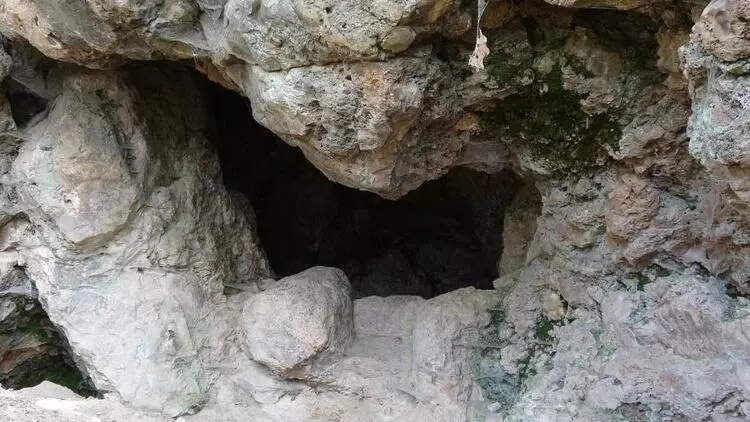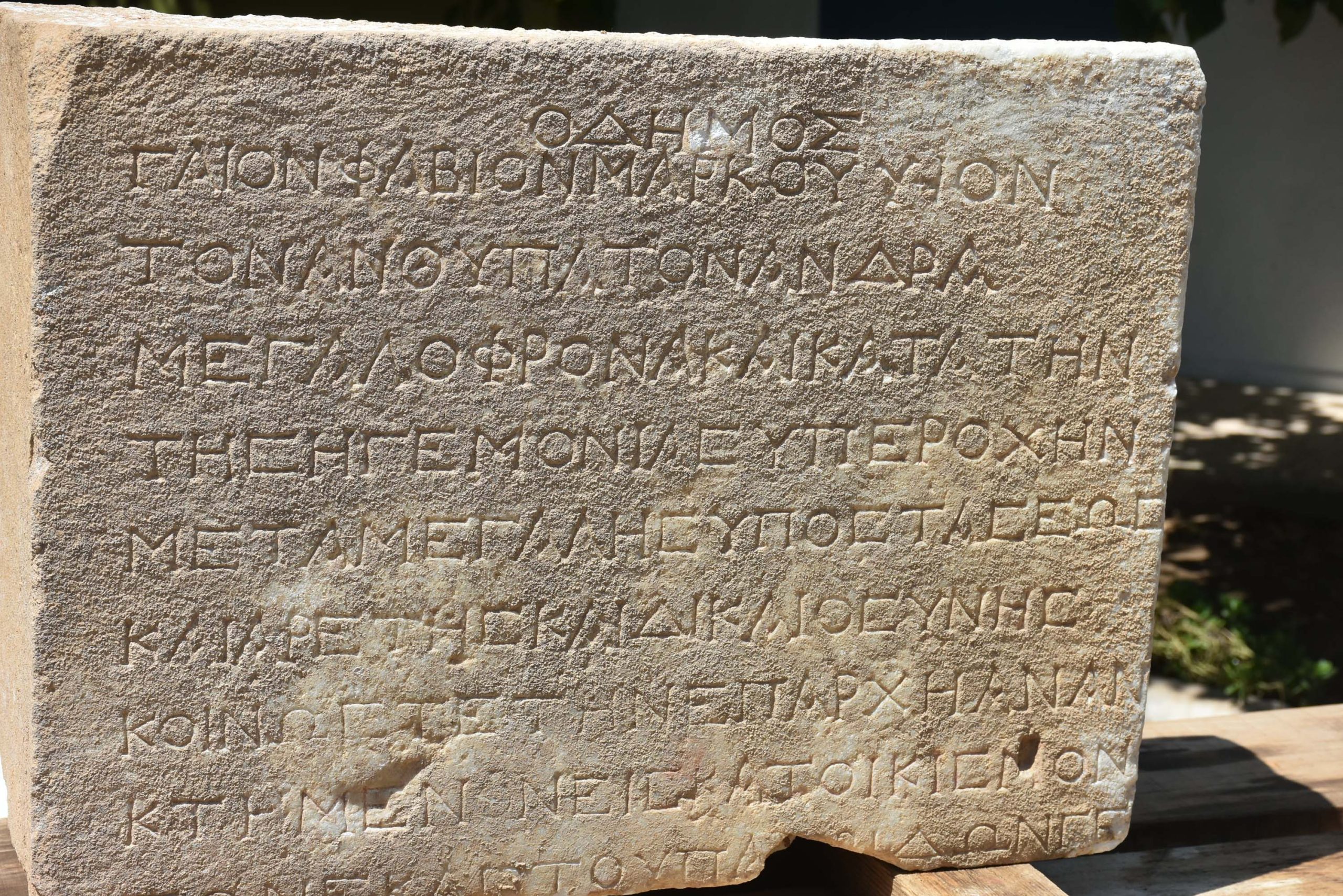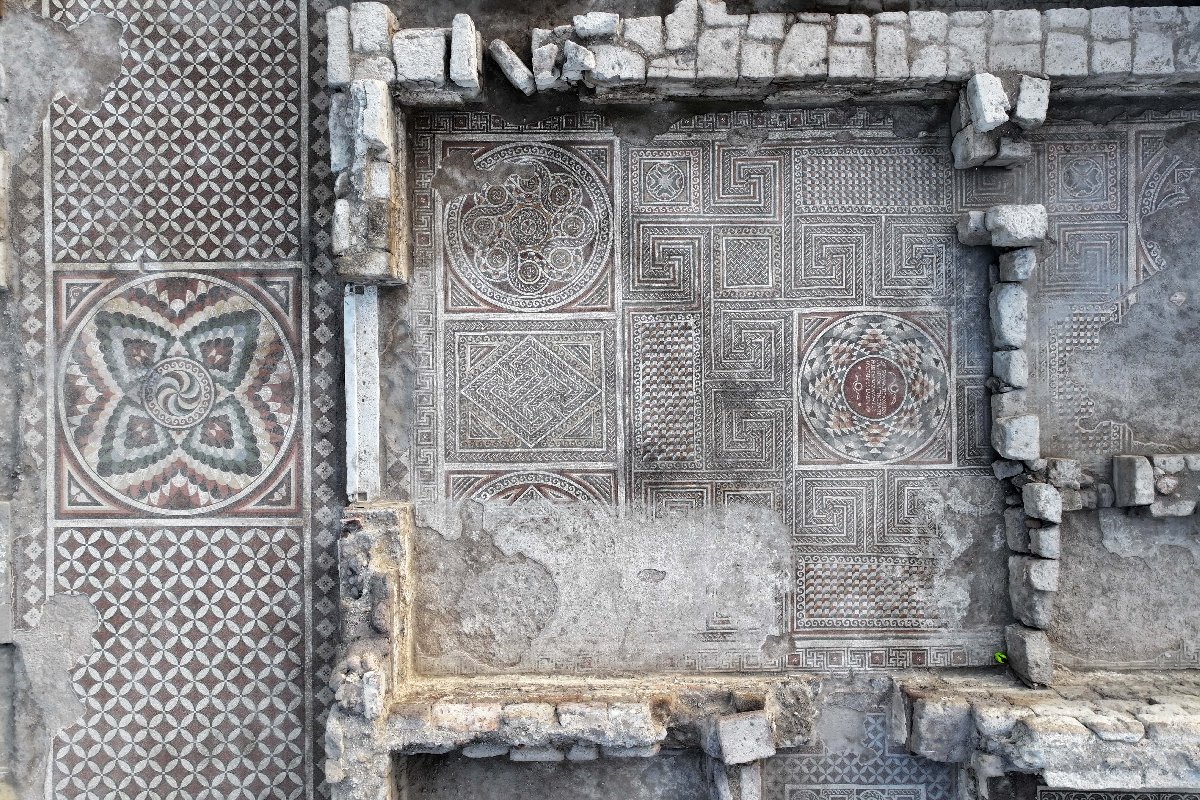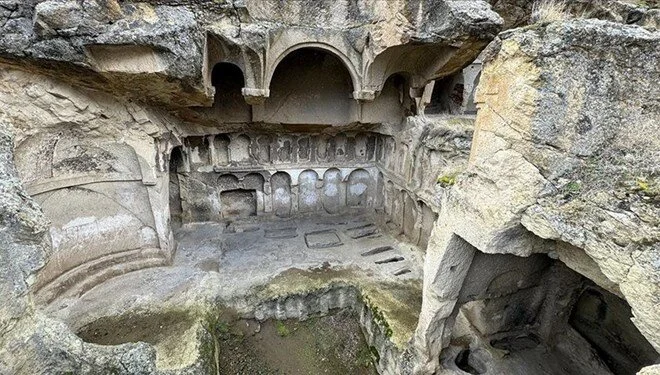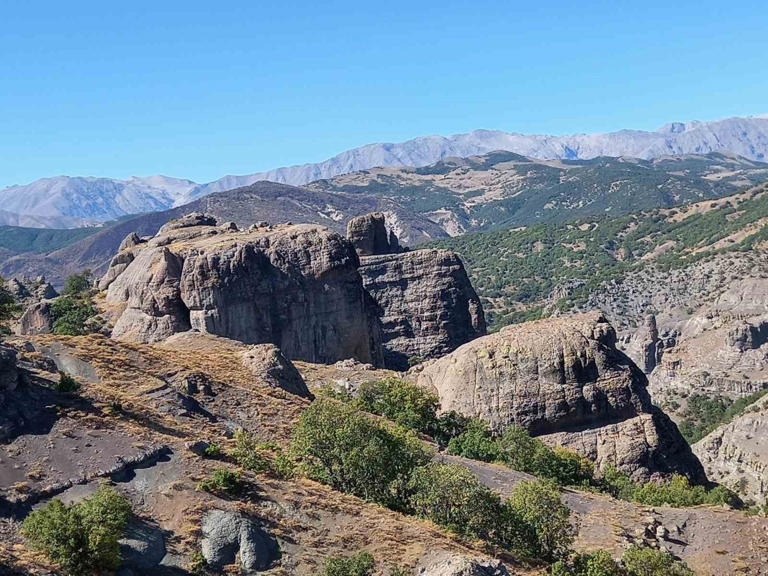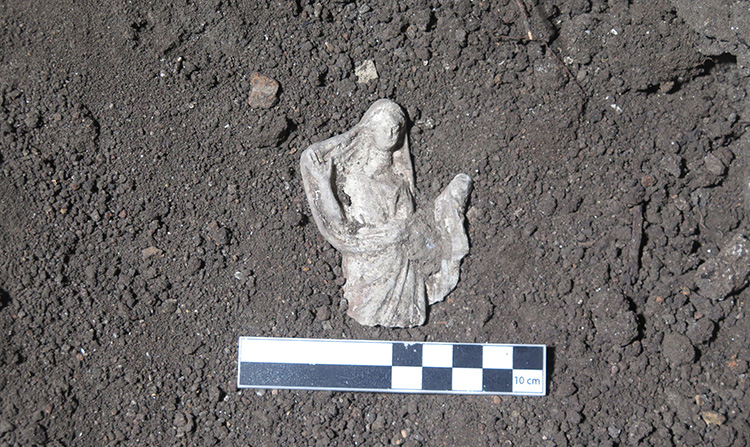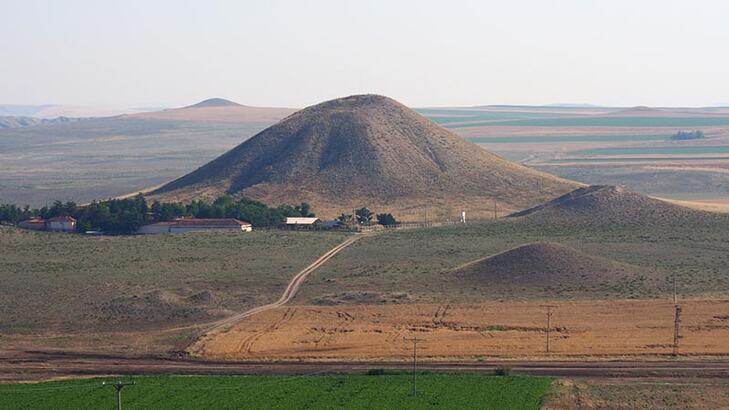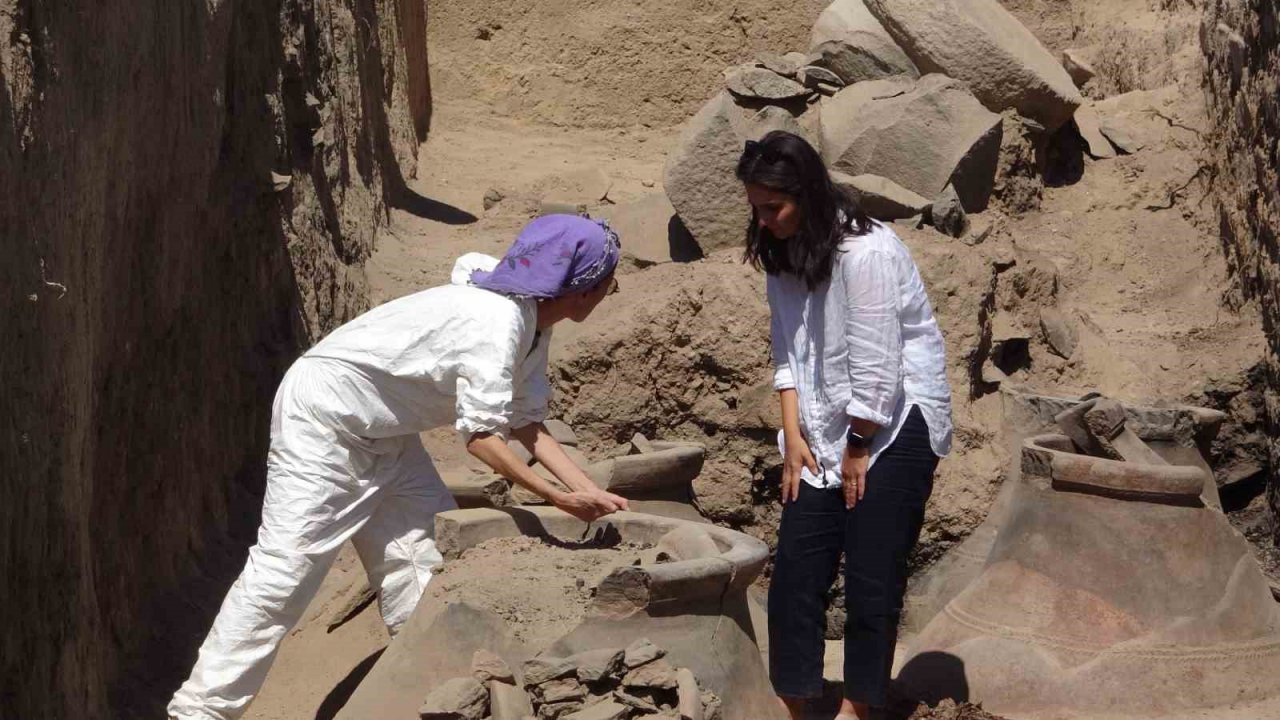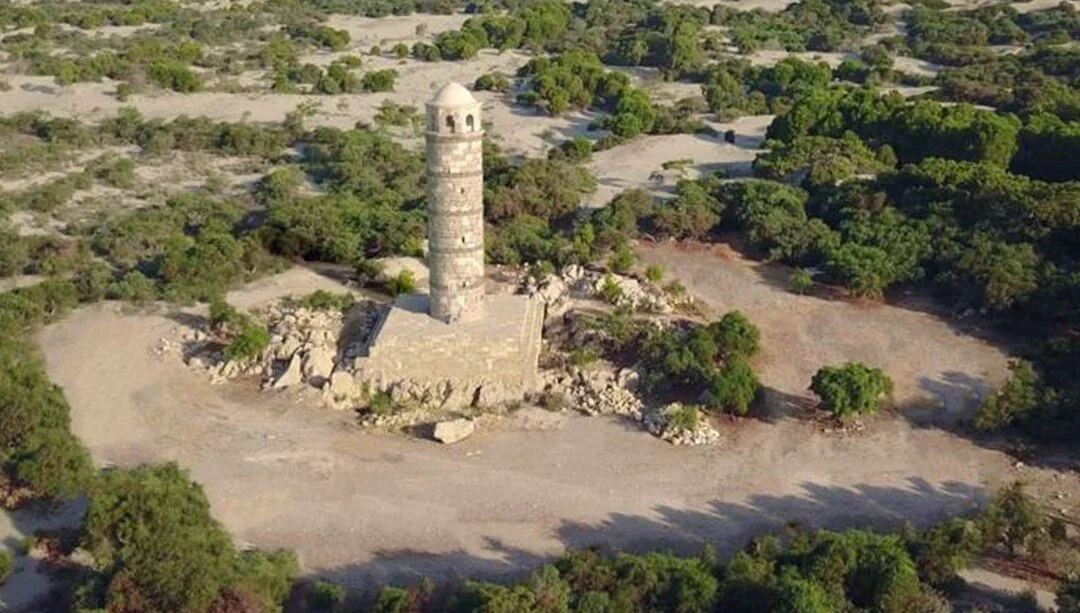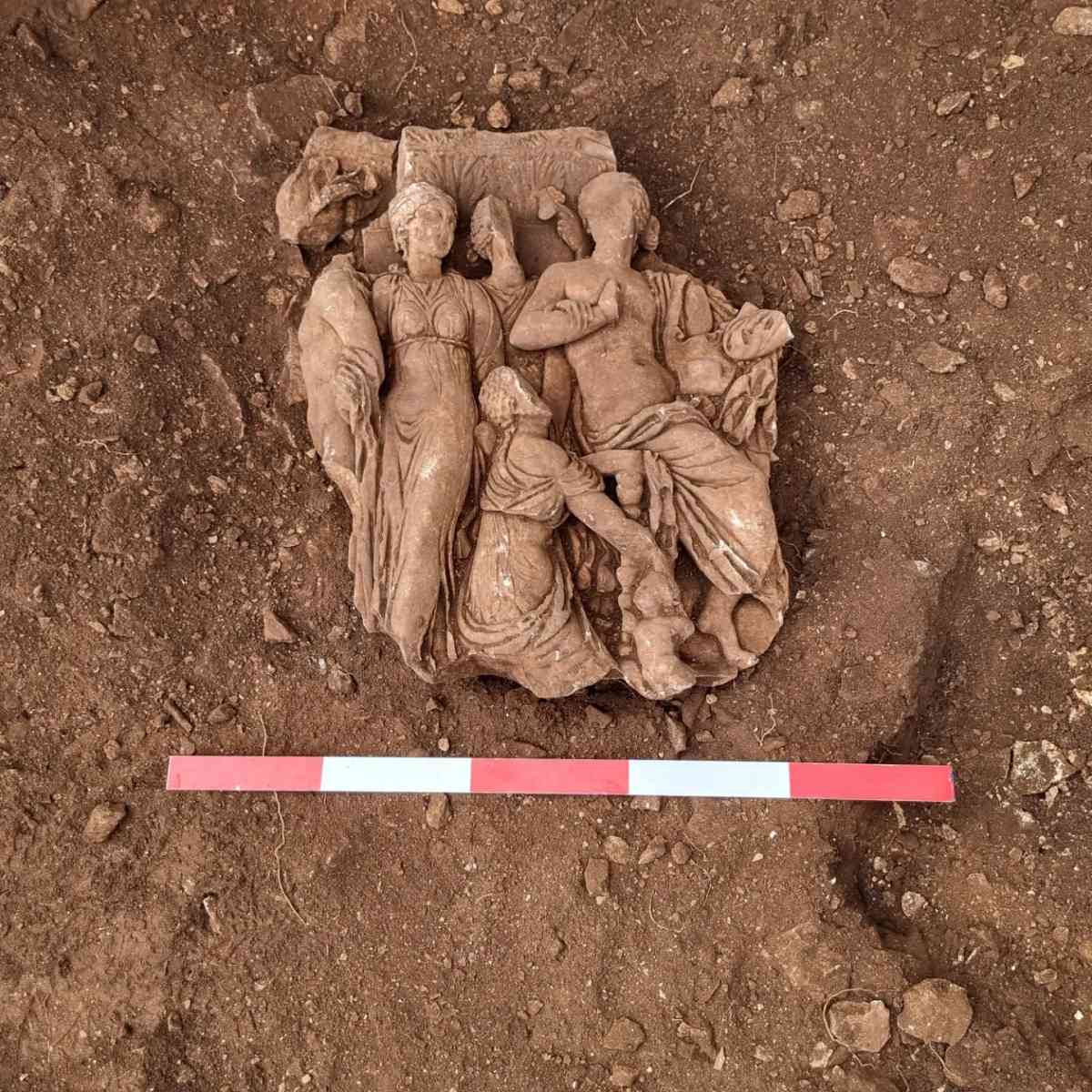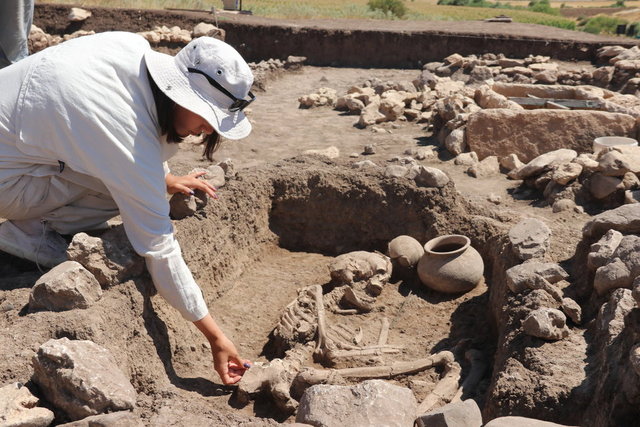During excavations in the İnkaya Cave located within the boundaries of Bahadırlı village, which is part of the Çan district of Çanakkale, traces of human habitation dating back to 86,000 years ago were discovered. Various artifacts such as flakes, scrapers, burins, points, notched tools, cores, and hammerstones, all made from flint, were unearthed during the excavation process.
The İnkaya Cave was discovered during the ‘Surface Survey of Muğla and Çanakkale Provinces’ conducted in 2016, under the leadership of Prof. Dr. İsmail Özer, a faculty member from the Department of Anthropology, Division of Paleoanthropology, within the Faculty of Languages, History, and Geography at Ankara University.
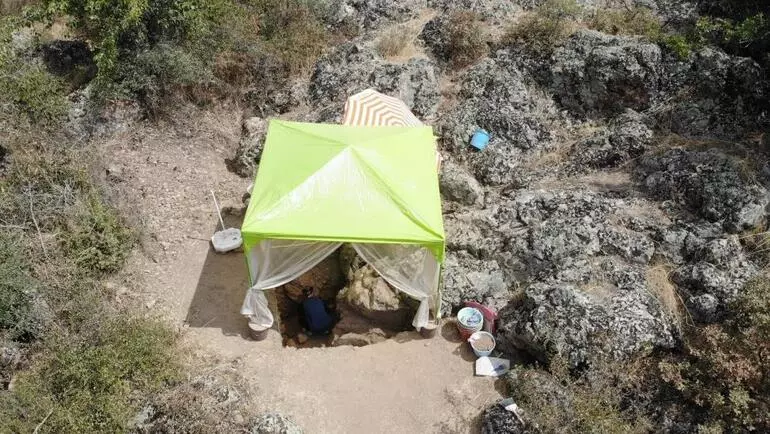
In the excavation led by Prof. Dr. İsmail Özer, it was revealed that fossil humans who lived in the region during the Middle Paleolithic Period resided in the area for extended periods and intensively due to the availability of flint as raw material and the presence of thermal water sources.
Özer stated that the İnkaya Cave excavations lead them to the Middle Paleolithic Period, approximately between 250,000 and 50,000 years ago. He mentioned, “Our findings indicate that during this period, humans lived here intensely. It’s not just the cave area; in fact, we can identify artifacts spread across hundreds of square meters in the surrounding area as well. This suggests that during this period, not only the cave but the entire area was utilized.”
Life within the cave continued for up to 46,000 years.
“We understand this from the perspective of the Middle Paleolithic Period because we haven’t yet reached skeletal remains of humans from that time. It’s quite challenging to unearth remains in such excavations; instead, we can gather insights from the flint tools they produced and used during their daily activities, which were then abandoned. The dating on the eastern slopes of the cave indicates that settlement began here 86,000 years ago. In our excavations within the cave, we’ve determined that life continued until 40,000 years ago. So, for nearly 46,000 years, humans sustained their presence here. Of course, these dating efforts are based on results obtained from the dating laboratories at Ankara University. The Optically Stimulated Luminescence (OSL) analyses conducted by experts provided us with these dates—86,000 years, 65,000 years, and 40,000 years. The findings within the cave tell us that the settlement endured for many years. We repeat the dating process each year. When we go deeper or when we open a new excavation area in a different part of the cave, we perform dating again to determine whether that region was also used within these time frames or during a different period,” he said.
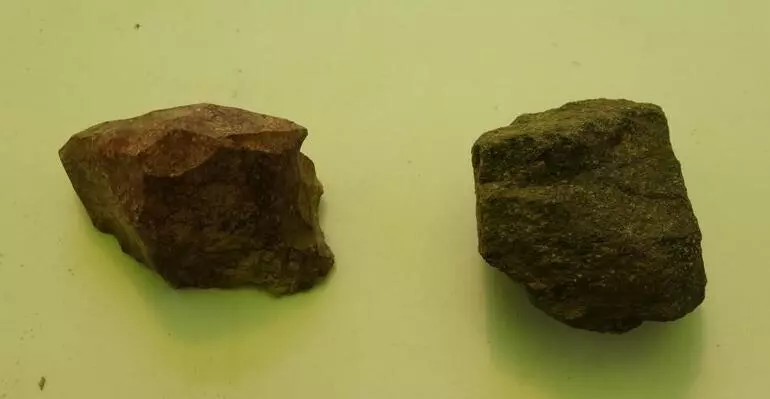
The İnkaya Cave is composed of a flint rock formation.
During the excavation work, Prof. Dr. İsmail Özer, the excavation director, noted that the remains they have obtained so far are limited to flint tools. He continued:
During the excavation work, Prof. Dr. İsmail Özer, the excavation director, noted that the remains they have obtained so far are limited to flint tools. He continued:
“In the cave, we haven’t yet found any organic remains, which would include the skeletal remains of the humans who lived in the cave during that period, animal bones consumed as food waste during hunting, or plant remains. This could be partially due to the structure of the soil causing decay. However, stones are more durable and can remain intact for thousands or even millions of years.”

“We believe that organic remains could also be preserved in different parts of the cave. Generally, we consider the ensemble of the flint tools we find as a tool kit of fossil humans. The İnkaya Cave is actually formed from a flint rock formation. One of the reasons people chose this place is because of this. Material resources are essentially their living space. They don’t have to travel miles away to find raw materials. They start working on a piece they can easily take from the cave wall, attempting to produce various tools you see here. This toothed tool, for instance, might have been used similar to a saw for a purpose we understand today. This is a pre-scraper; after a piece is detached, they perform smaller operations on the edges to make the front sharper for functional use. This is one of our handled tools; they thin the handle part, perhaps inserting it into the interior of a tree branch or using resin to place it in a bone or horn, thus using it as a familiar handled tool. They refine the edge to make it functional. This might have been used for digging soil or scraping animal hides.”
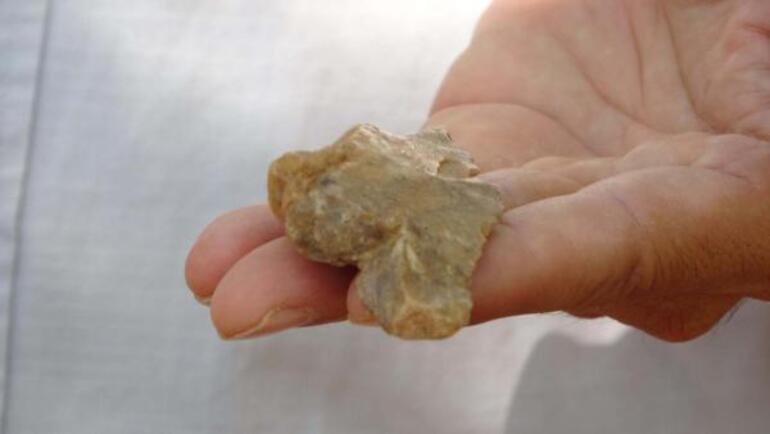
“We will determine its purpose through microscopic analysis of the stones in the coming years. For now, we consider it in a general-purpose context. We found these stones on the eastern side of the cave. The ones we found will be evaluated within the 86,000-year timeframe. This is what we call a hammerstone or a mallet tool. It’s made from a different raw material, basalt. Striking this leads to the detachment of fragments and the production of flakes. Sometimes the hammerstone can break as well. If it believes it can’t detach more pieces from the core, it has to abandon it. Actually, the original of these stones is a much larger piece. It’s possible to say that many of the surrounding flakes have detached from this core,” he explained.

